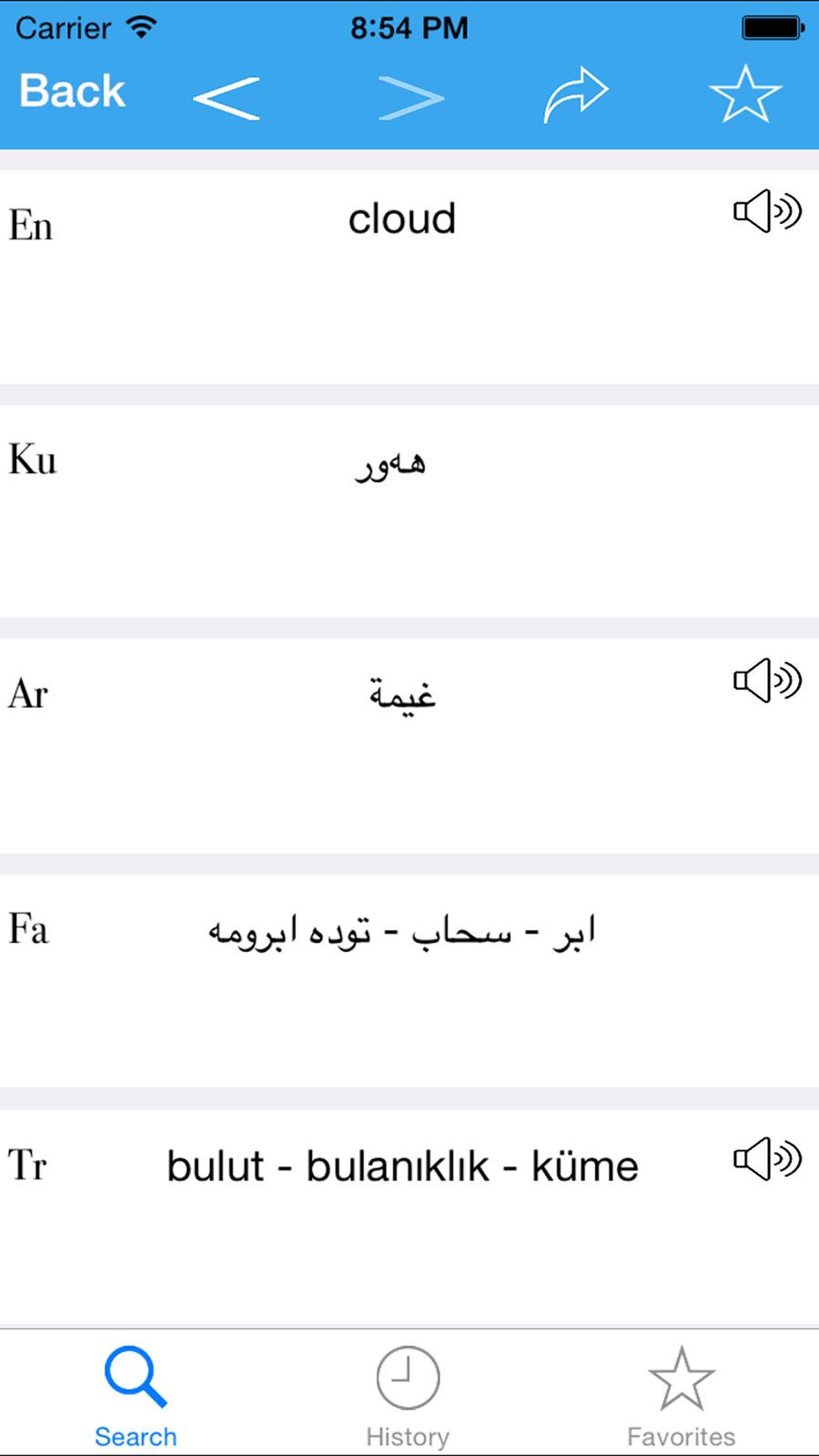Help, Usage Notes, and Known Issues
Kurdî Nûs is a portable, platform-independent, free (open source) tool for converting different Kurdish scripts.
Disclaimer
Ali K Samik Kurdish Free Font The best website for free high-quality Ali K Samik Kurdish fonts, with 29 free Ali K Samik Kurdish fonts for immediate download, and ➔ 5 professional Ali K Samik Kurdish fonts for the best price on the Web. 29 Free Ali K Samik Kurdish Fonts 8 Relevant Web pages about Ali K. Download Kurdish Fonts: Ali-Web- Ali-K-Alwand - Ali-K-Sahifa-Unikurd. HOME: کلیک لێرهدا بکه.
Although Kurdî Nûs does its best in converting Kurdish texts, we never claim that the conversion is error-free and perfect. Therefore, please proofread the output converted text.
It's very good for real-time measurement, the use of this software is very professional. AliKTraditional گواستنەوە بۆ یونیکۆد دەستکاری بە ھەر بەرنامەیەکی دەستکاریکردنی دەق کە ئامرازی دۆزینەوە و جێبەجێکردنی (Find/Replace) ببێت دەکرێ بەم گۆڕانکارییانەی کە لەم خشتەیەدا ھاتووە دەقەکە بکرێ.
Interface
CSS styles and scripts must be enabled in your browser.
You may start by picking your desired conversion type among the tabs on the left side (Arabic to Latin is chosen by default). On the main part of the page, you might see one or two boxes, based on the tab you have selected.
For the first four tabs, you can type or paste your text in the top box and see the converted result in the bottom one immediately as you type, no matter how large the text is. If, after pasting your text using the mouse, you don't see the converted text, just click one of the boxes.
In order to use the last tab (Type Arabic), your computer's current keyboard must be US English and the Caps Lock must be off. When you type keep typing in the only text box in this tab, you are expected to see Arabic script Kurdish.

To make use of the whole screen for better productivity, you can click the Maximise button at the top left side of the page. In maximised view, the input text box (wherein you or paste your text) is moved to the left and the conversion output is on the right. Tab labels are also contracted. You can see the full tab labels, however, by hovering the mouse over them. You can return to normal view at any moment, by clicking the Restore button (replacing by Maximise button).
Clicking the Options or Help buttons does not affect your work. You can return to your previous tab by clicking these buttons again or by directly clicking the tabs. Any changes to the Options are applied when you leave the Options page.

Conversion
Latin to Arabic conversion
Latin-to-Arabic conversion helps you convert Kurdish texts written in standard Latin script to standard Arabic script, for example, pellk to پەڵک. The result is totally compliant with Unicode standard for Kurdish language.
By default, European numbers are converted to Arabic numbers. However, you might choose to leave the numbers intact in Options.
Unfortunately, due to a mere imitation of the European languages (and often an overgeneralisation of this), some people treat certain Kurdish language suffixes as independent words in Latin texts. For instance, the preposition 'a' in hevala me is written separately: heval a me. Linguistically speaking, suffixes naturally come after a base morpheme. In other words, they never form a separate word, and therefore, must never be separated from the stem word. Even though by default Kurdî Nûs recognises a number of such separated suffixes and sticks them to the stem word in the converted Arabic Script, we still think this is a linguistic mistake and thus, we have provided the user with the option to disable such a conversion. For more information see 'Recognise separated suffixes' under Options.
Kurdî Nûs converts every 'h' and 'x' to 'ھ' and 'غ', respectively. Consequently, you should proofread your converted text to scan for 'ھ' and 'غ' letters that have to be corrected as 'ح' and 'خ'.
Latin-to-Arabic part can also be used for the purpose of typing Arabic texts in case you are used to English typing. This means you can see the converted Arabic version immediately as you are typing. For special Latin Kurdish letters that are not in common with English, which are ê, î, û, ç, and ş, you can type ee, ii, uu, ch, and sh instead, respectively. There is also an option meant for making typing faster: you can choose the i letters to be treated as î.
Arabic to Latin conversion

Arabic-to-Latin conversion helps you convert Kurdish texts written in Arabic script to standard Latin script (Hawar alphabet), for example, پەڵک to pellk. Even though a variety of input Arabic script alphabets and fonts is supported, if you are trying to convert an Arabic text written using Dilan fonts (which are a set of non-standard non-Unicode types developed by KurdSoft.com), you should tick the option ‘Convert Arabic based on Dilan fonts’.
A usual controversial problem on the way of Latin Kurdish script orthography (and thus any conversion to it) is consonant cluster and the vowel ‘i’. This problem is two-fold: first of all, the vowel ‘i’ is not considered an alphabet letter in Arabic script. Therefore, a machine conversion from Arabic script to Latin script has to guess the possible i letters according to the context. For example, کرد should be converted to kird, but کرا to kra. While a comprehensive dictionary of all Kurdish words in both scripts could help such a conversion get (almost) flawless, it was not an applicable and sound idea to include a large database in a portable and platform-independent software project. So we decided to insert the hidden i vowels according to phonological rules. Secondly, Sorani Kurdish arguably allows two consonants in the onset of a syllable. For example, zman is a one-syllable word. On the other hand, this is invalid in Kurmanci, so an extra i is required: ziman. By default, Kurdî Nûs expects a Sorani text (with two consonants allowed in the nucleus of a syllable). However, you can choose to disallow this in Options. While the output converted text is as close to perfection as possible, still there might be spelling errors, especially because of phonological ambiguity.
Kurd Font Ali K Samik
Since letter casing is not available in Arabic script orthography, it is not possible to detect the proper names and then capitalise them in the output Latin-converted text. Sentences, nevertheless, are capitalised by default, which can be disabled in Options.
Arabic Script Standardisation
You can convert your old and/or non-Unicode Arabic script texts to standard Arabic script in ‘Standardise Arabic’ tab, the most notable application of which is in the Web. For example, given your text written with Ali Fonts (an old set of non-Unicode types still popular in Iran and Iraq) is تاظطة, the standard version will be تاڤگە. Even though a variety of input Arabic script alphabets and fonts is supported, if you are trying to standardise an Arabic text written using Dilan fonts (which are a set of non-standard non-Unicode types developed by KurdSoft.com), you should tick the option ‘Convert Arabic based on Dilan fonts’.
Typing in Latin Script
There might be cases when you have to type your Latin Kurdish text while your computer does not have a Kurdish keyboard layout installed. ‘Type Latin’ tab helps you type Latin Kurdish with a normal English keyboard. For special Latin Kurdish letters that are not in common with English, which are ê, î, û, ç, and ş, you can type ee, ii, uu, ch, and sh instead, respectively. Use the capitalised versions of the same conventions for capital letters, for example, EE or Ee for Ê.
Typing in Arabic Script
There might be cases when you have to type your Arabic Kurdish text while your computer does not have a Kurdish keyboard layout installed. First of all, you can choose which Kurdish keyboard layout you are accustomed to in Options. For example, your keyboard keys might be labelled with Farsi letters. In this case, using the same keys for the same letters can facilitate your typing.
Options
Convert numbers to Arabic
When convertin Latin script texts to Arabic script or when standardising an Arabic text, European numbers are converted to Arabic numbers. For example, 123 is converted to ١٢٣.
Recognise separated suffixes
Recognises several suffixes intentionally separated from the base word. These suffixes are -m, -î, -e, -în, -in, -a, -ê, -ên. In the output Arabic text, they will not be separate anymore. For example, heval a me is converted to ھەڤالا مە instead of ھەڤال ئا مە. For more information, see Latin to Arabic conversion under Converion.
Convert Arabic based on Dilan fonts
Tick this option if you are going to convert an Arabic script text to Latin script, or to standardise an Arabic text, written with Dilan fonts (which are a set of non-standard non-Unicode types developed by KurdSoft.com).
Convert Arabic based on Ali Web fonts
Tick this option if you are going to convert an Arabic script text to Latin script, or to standardise an Arabic text, written with Ali Web fonts, such as Ali_Web_Malper.
Treat i as î
If you want to use Latin-to-Arabic tab for typing Arabic texts using an English keyboard, this option make you faster, as you type one i for î. For example, tir is converted to تیر instead of تر. For more information, see 'Latin to Arabic conversion' under Conversion.
Allow syllables starting with 2 consonants
Tick this option if your Arabic script text is written in Sorani Kurdish, as Sorani Kurdish allows two consonants in the onset of a syllable. For example, زمان is converted to zman instead of ziman.
Capitalise sentences
Capitalises the first word of every sentence converted from Arabic script to Latin script.
Arabic keyboard layout
Choose the Kurdish keyboard layout you are accustomed to. For example, your keyboard keys might be labelled with Farsi letters. In this case, using the same keys for the same letters can facilitate your typing.
System Requirements
You can use Kurdî Nûs on all popular operating systems without installation or administrator privileges. Kurdî Nûs is tested and fully functional on these browsers: Mozilla Firefox, Google Chrome, Microsoft Internet Explorer 7 and above, Apple Safari, and Opera.
Internet Explorer Users
For security reasons, Microsoft Internet Explorer disables all local scripts in a page. To enable them, after opening Kurdî Nûs, click the yellow bar at the top the page.
About
Kurdish Font Ali K Samik
Kurdî Nûs (/kurdi:nu:s/) is a free software project developed by pellk Software Development Institute based in Merîwan, Eastern Kurdistan (Iran).
Ali Font Kurdish
Among many programming languages, technologies and platforms, we decided to create Kurdî Nûs in HTML. Because the whole program is a single HTML file that is suitable for moving around with you on removable storage devices or sending via the internet. Moreover, it can be opened and run by any modern browser on any Operating System and platform, since the web is an open technology. No installation is needed or there are no hardware/software requirements. HTML files are open-source by nature. In order to view the source code, just right click the opened page and choose ‘View Page Source’. The code is a mixture of HTML tags, CSS styles, and JavaScript code. For simplification purposes, we have applied indentation to the code. In addition, wherever required, we have provided remarks to clarify the code.
This project is hosted on SourceForge.net and licensed under GPL. For updates and more information, visit the project’s page.
Ako Mahmoodi, Aso Mehmûdî
